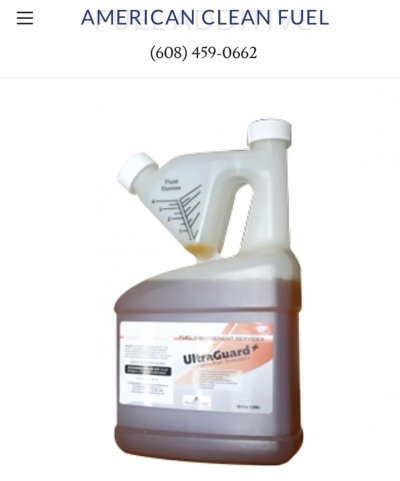FF
Guru
- Joined
- Oct 12, 2007
- Messages
- 22,552
"So the question I have after reading all these US centric points is, why does the US sell such poor quality fuel?"
In the USA most of the fuel is delivered over long distances by pipe lines. The pipes carry different fuels , kept apart by a plug called a pig.
The fuels are delivered to locations that are supposed to filter the fuel and fill delivery trucks with their product.
Some distribution points do a better job than others , same as gas station or marina , some keep their filters clean , and insert the proper additives ,some have very transient customers , so don't bother.
In the USA most of the fuel is delivered over long distances by pipe lines. The pipes carry different fuels , kept apart by a plug called a pig.
The fuels are delivered to locations that are supposed to filter the fuel and fill delivery trucks with their product.
Some distribution points do a better job than others , same as gas station or marina , some keep their filters clean , and insert the proper additives ,some have very transient customers , so don't bother.

